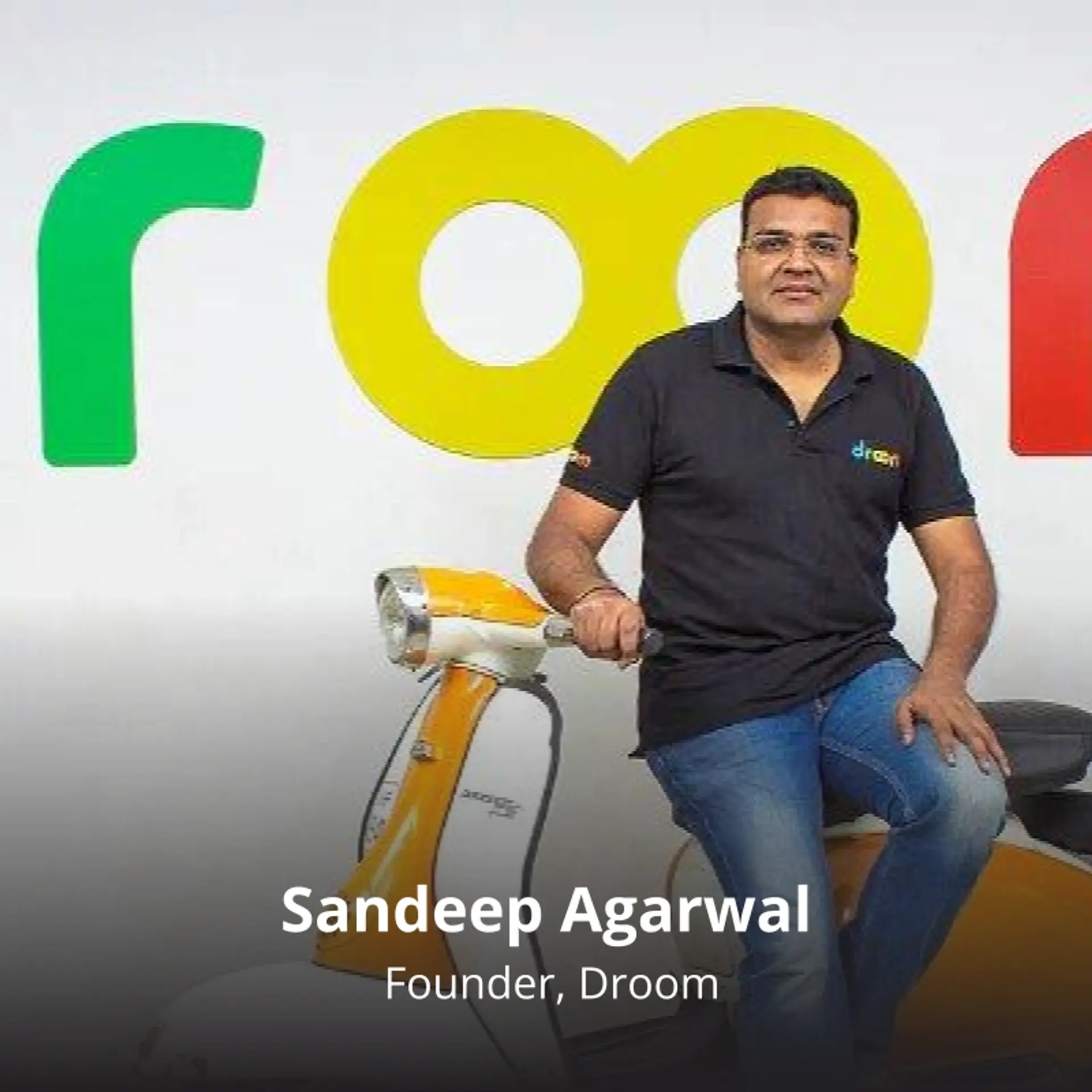
Qualcomm
View Brand PublisherLeading the business for nearly 20 years, founder of Melange Systems shares the challenges and potential of Industrial IoT and wireless technologies
Melange Systems was born nearly two decades ago when the word IoT was probably known to a handful of people. Today, with IoT becoming omnipresent, the company has been a part of the evolution of the smart grid, smart cities and connected infrastructure industry in India.
Incorporated in the year 2000 in Bengaluru, Melange Systems is a wireless networking company with an emphasis on IoT. The company is known for its low cost, low power wireless modules, and complementary solutions for smart and connected infrastructure. These include its smart energy metering solution including the last mile connectivity, smart parking solution that helps reduce parking hassles, smart home devices that are intuitive and designed for India, asset management solution for corporates and warehouses, an automated electronic shelf labeling system for supermarkets and retail stores and a tyre pressure monitoring system platform for both OEM and aftermarket requirements.
These solutions have today found a product market fit, given that IoT solutions are increasingly becoming common place. Narain Attili, MD, Melange Systems, says “While we provide IoT solutions, what differentiates Melange Systems is that we also support our solutions with hard-to-make hardware devices like cellular modems and single-board computers. Such hardware has not been designed and manufactured in India historically. What you call IoT, is driven at the lowest level by these kinds of hardware coupled with some form of wireless communication.”
1551434482443.png?fm=png&auto=format)
Narain Attili - MD, Melange Systems
While they began working way ahead of many of their tech counterparts, it did come with challenges.
“From a technical perspective, we often worked in an industrial environment with no infrastructural support for communications like cellular networks. This can get challenging. Further, the solutions operated in Industrial, Scientific and Medical (ISM) bands, where again there is a lot of interference from different applications and also constraints on transmission power. This made the communication / solution a challenge all the time. Mesh networking helped address the challenges related to range sometimes, but other challenges remained.” And because the technology they were offering was new, it called for a lot of PoCs and pilots. “All this meant that in the initial years the sales were just a trickle.”
Even with more openness and less scepticism towards new IoT-based solutions today, getting customers to adopt new solutions or concepts continues to be a challenge for Melange Systems. Narain says, “The issue here is the risk the customers perceive when they consider technologies which are not proven beyond POCs, pilots and trials. While people talk about first mover advantage, there are quite a few first mover risks as well. We are thankful to the few who have taken the plunge to get the acceptance process started.”
The other challenge is being able to meet the cost pressures on devices. Today, Automatic Meter Reading (AMR) and Advanced Metering Infrastructure (AMI) are well understood and many Indian utilities have adopted these technologies. For Melange, a big chunk of their business market is AMR. “Sales in AMR are mostly driven by public utilities where procurements are based on tenders. The cost pressures are continuous and our metering customers have an expectation of lower prices all the time. Innovating continuously to meet those requirements is a big challenge.”
Taking a leap into designing and selling cellular IoT
Cellular connectivity was always a big part of the IOT solution space, because the cellular networks help deliver reliable and secure IoT services using existing network infrastructure avoiding problems of interference and range. Experts say that traditional cellular options such as 2G or even 4G modems consume a lot of power. So traditional cellular options are not the best option for devices such as meters, asset trackers, sensors, healthcare equipment, and lighting solutions. This is where Cellular IoT solutions come into play as they have been designed to meet low-power and long-range applications and devices.
“Being in the Industrial Wireless networks and IOT, Melange Systems had always considered designing and selling modules based on cellular communications. “The initial investment required for designing and producing modules was rather high which didn’t justify the tepid market demand seen previously. This put our cellular plan on the backburner for a long time. But in the last few years, with Narrowband-IoT gaining prominence, initial investment required to market demand ratio improved,” explains Narain.
And, when Qualcomm announced the Accelerated Design and Cellular IoT Program (ADP) in India to kickstart direct surface-mount technology (SMT) of chip-on-board designs for licensed partners in India, Melange reached out to them to embark on that journey. “We now have completed our NBIOT module design and are market ready.”

How Qualcomm has provided the much-need support
A key offering of the ADP is that Qualcomm leverages its expertise of being a global enabler of Low-Power Wide-Area (LPWA) technologies (like Narrowband-IoT and eMTC) for applications such as Smart Metering and Intelligent Transportation Systems. Additionally, Qualcomm handholds the partners in designing and productising to cater to India’s needs and also provides market push and deployment support.
“We began working on NBIOT modules with a focus on AMI solutions and here Qualcomm’s hands-on support for module design and validation was a big help. The engineering teams from Qualcomm provided reviews through our design and kept our design on track while we focussed on ease of manufacturing and domain integration. Getting reviews and feedback early on when we were able to make the required changes at the right time meant that we were saved from going to make the iterations after the hardware was completely designed,” says Narain.
Narain explains that the modules that they have designed will form the base for a variety of IoT solutions. “These hardware components will play a big role as IoT solutions continue to expand their scope.”

Qualcomm’s support to Melange Systems was not limited to just developing the technology. They also marketed Melange Systems’ technology solution to potential customers. “Qualcomm’s reference assured potential customers of long term viability of their investment in this technology. They also helped us educate customers on various aspects of the technology and helped gain their confidence,” says Narain.
He adds that the technology products that they have developed are not only more cost competitive but are also better domain integrated.”
Growth roadmap
As one of the early players in the industrial IoT space in India, and having seen the technology evolve faster than the infrastructure support on ground, Narain says, “Infrastructural issues will always exist when you are proposing solutions ahead of the curve. That said, the potential of IoT is huge, especially for India. For many countries, IoT is a glitzy toy, but in India, it is a necessity for many scenarios. So, we expect the infrastructure to catch up soon. “
With the adoption of emerging technologies in the IoT communication space is pegged to grow, Melange Systems hopes to tap the growing opportunities by focusing on solutions related to IoT connectivity. “A key focus will be on our long term goal of becoming an end-to-end, complete solutions provider in the space where we address the last mile connectivity need. Qualcomm’s NBIOT will help here.”
We ask Narain about their competitive advantage, considering that today there are thousands of new players in IoT. He is quick to respond, “Field experience.”
And, that probably has been the key for them being able to successfully run a product business in India for two decades.







